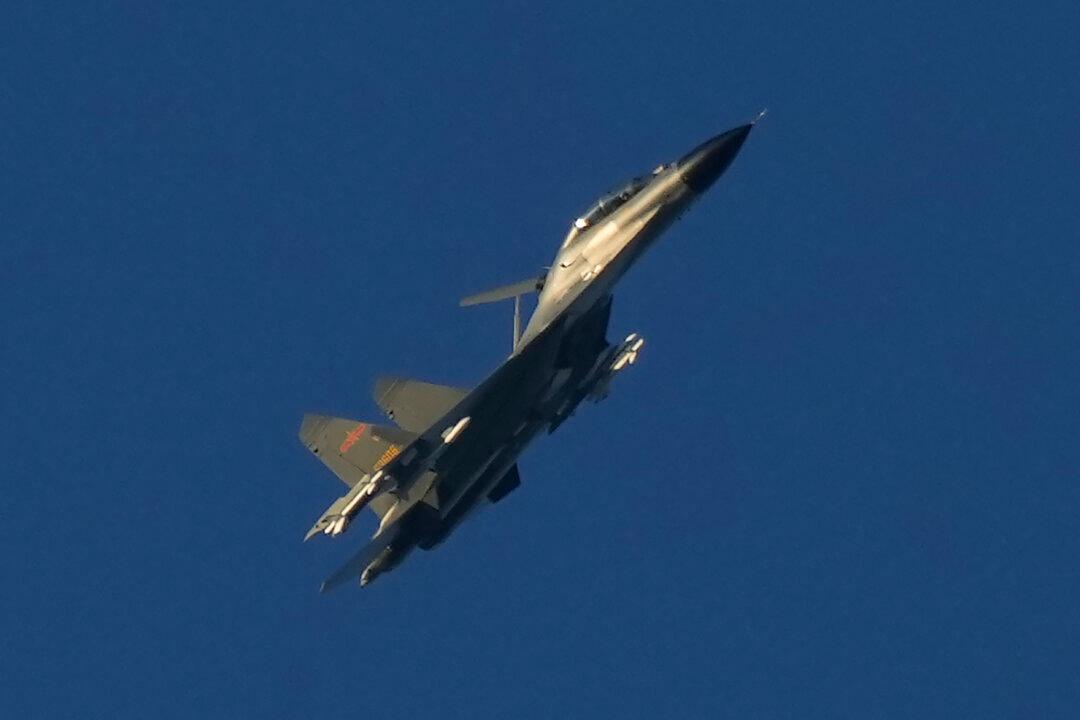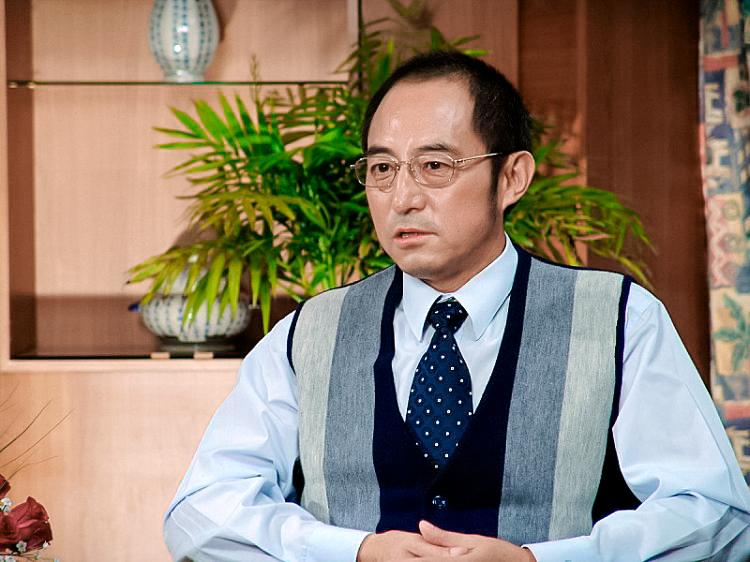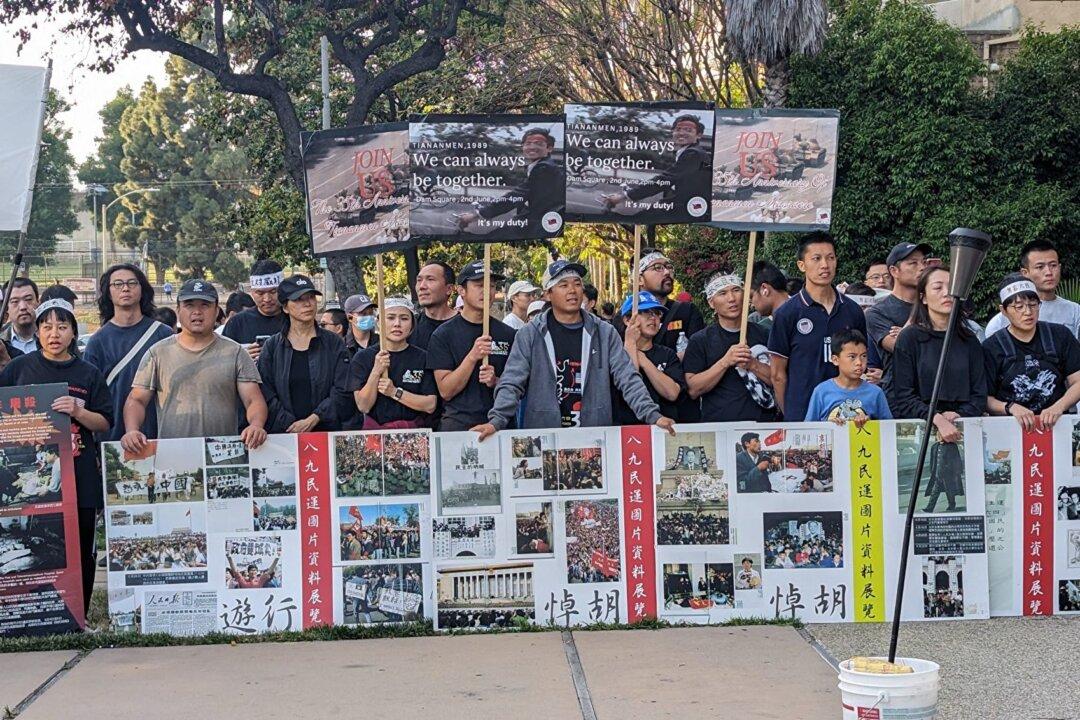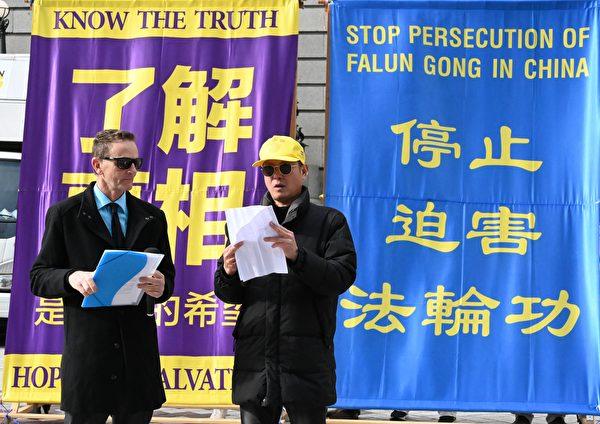The Eastern Theater Command of the Chinese Communist Party (CCP) launched a two-day military exercise, Joint Sword-2024A, in the maritime and airspace surrounding Taiwan. This maneuver coincided with the recent inauguration of Taiwan’s President Lai Ching-te and Vice President Hsiao Bi-khim from the Democratic Progressive Party (DPP) on May 20. Analysts view this deployment as a demonstration of the CCP’s strategic readiness.
Earlier, a confidential directive from the communist leadership indicated that the focus of engagement was within the parliament, corresponding to recent turbulence within Taiwan’s legislative body. This strategy aims to undermine Taiwan’s unity and potentially escalate tensions in the Taiwan Strait. However, they may have underestimated the awareness among Taiwan’s younger generation regarding the CCP’s tactics.




